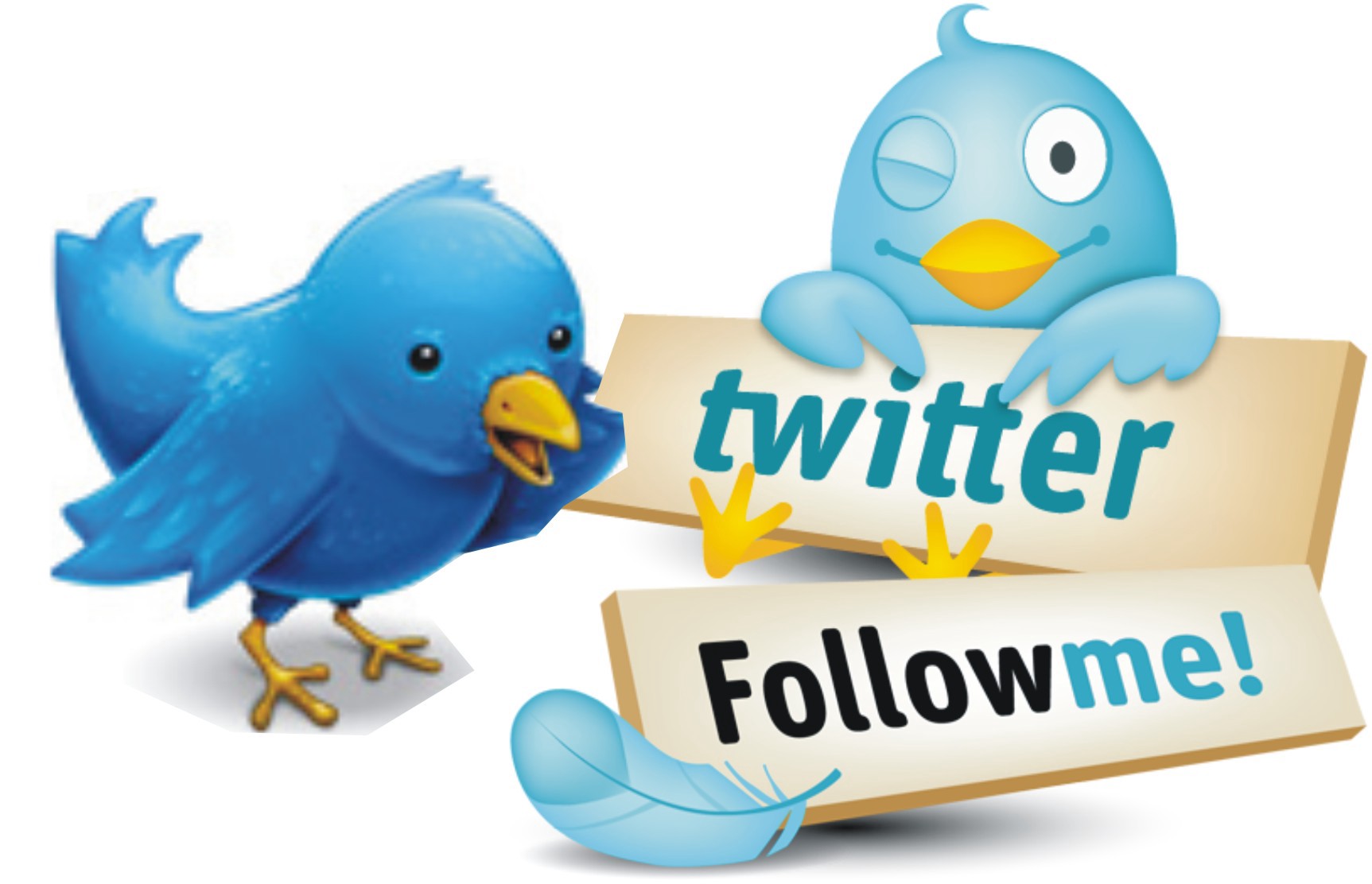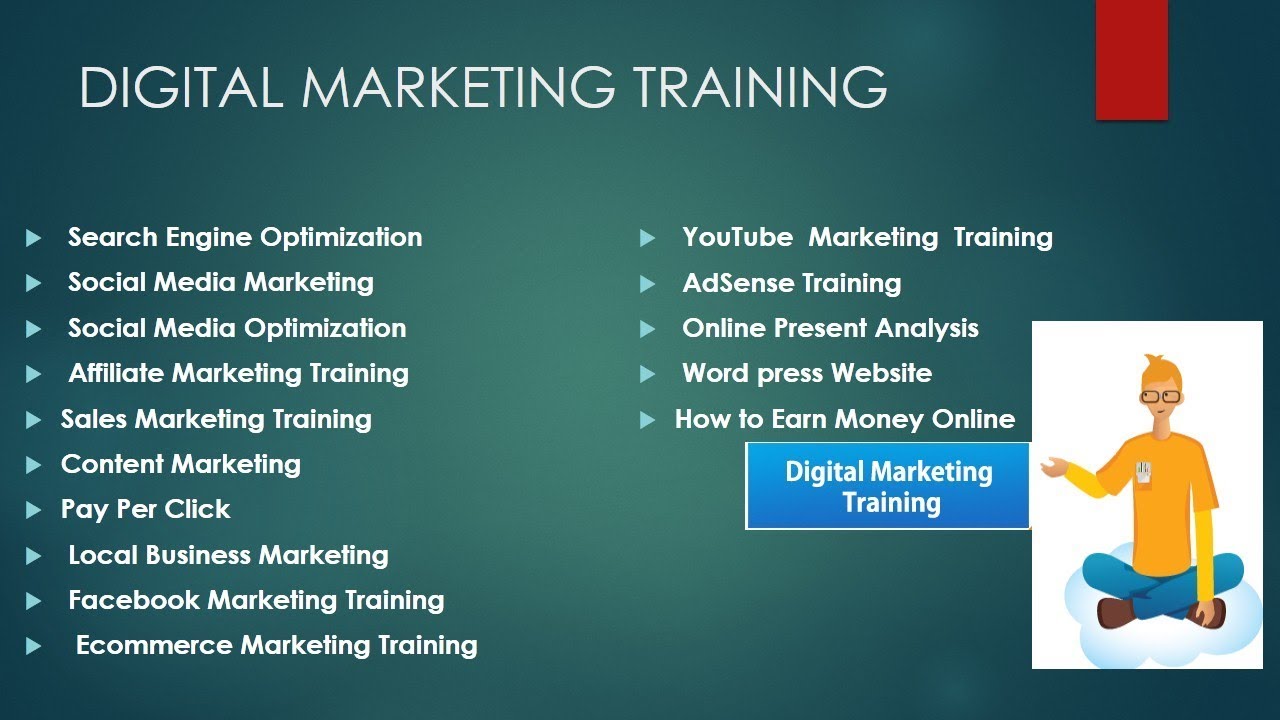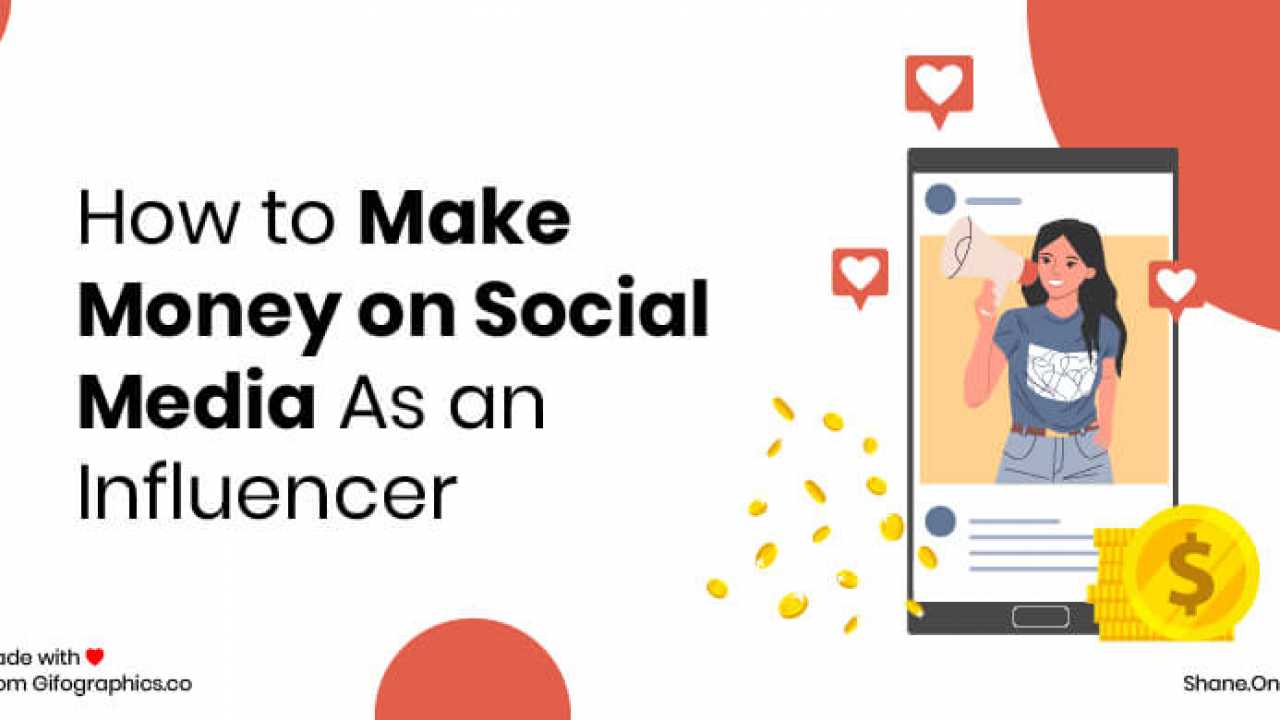
ToFu–MoFu–BoFu framework uses customer personas to help understand each stage of a customer’s buying process. Hubspot uses this method to create content that converts people into customers. Spaghetti Blogging Framework allows marketers to experiment with different content types and encourages experimentation. Each approach has its advantages and disadvantages.
Content marketing is a strategic method of telling your story
Storytelling is an effective way to connect with people. People are often moved by stories before making a purchase. Your story should explain why your target audience needs your product or service. Your story should be relevant and interesting to them. You can make your story more compelling by telling real stories from real users. Stories are extremely engaging. Start by telling a few stories to explain the importance of your product or service.
Once you have identified your target market, you can create an effective content strategy to connect with them. Understanding your ideal customer is essential. By figuring out what your ideal customer wants, you can improve the buying journey and boost revenue. If a customer has a negative experience, 55% would be willing to pay more.
It can reduce sales cycles.
A well-designed content marketing plan can drastically reduce sales cycles. Studies show that 60% of B2B buying decisions take place before a sales rep even speaks to a customer. Businesses can avoid these problems with a content marketing strategy. It gives customers the information they need without asking for too much. A proven content marketing strategy can help companies attract their target audiences, creating a win/win situation for everyone.

Sales professionals share a wealth if collateral with customers and prospects. Having a constant supply of quality information and educated conversations are critical components of the sales process. These two concepts should be combined to increase consistency and impact. But what happens if the sales funnel is no longer relevant? How can you adapt this process to be customer-centric? Let's discuss a few strategies to speed up sales cycles and maximize content's value.
It builds brand loyalty
Brand loyalty does not only revolve around repeat sales. You can create relationships with your first-time buyer and increase their likelihood of returning in the future. Because the relationship between your brand, first-time buyers is still very fresh, you need to reach them with the right messages at just the right moment. Brand loyalty is built through content marketing. This can only be achieved by creating quality content that is shared across multiple channels.
By providing customers with useful and interesting content, content marketing can create an emotional connection. By creating valuable content, customers will be more loyal. You can also reach new members of the audience through engagement, which is known by amplification. Your brand loyalty will grow if your audience shares and sees your content. Content marketing builds brand affinity and creates communities. This will allow you to reach new audiences and help spread the word about your brand.
It lowers your costs
Content marketing is a great way to engage your audience in new ways. Content marketing can be integrated into a larger strategy to increase efficiency and decrease costs. IBM is an example of a large company that uses the same content marketing strategy. For example, employees may blog about the most popular products by adding a blog on their website. Press coverage of IBM's products is likely to be favorable.

Outsourcing graphic design work may be costly. Using a designer can cost four hours per article, so it's common to have multiple graphics created for a single blog post. The CAC will not be affected as much by hiring freelance designers and using other technologies. Although salaries are usually the most expensive component of content production, they can be very costly. Outsourced designers can create numerous graphics for every article and blog posting.
FAQ
How do you create an effective content marketing strategy?
You must first determine the type of content that you wish to create in order to develop a content marketing program. Next, you need to identify who your target market are and how they use Internet. Next, choose the best channels to reach your target audience. Finally, you will need to choose the right keywords for each channel. Then write compelling copy.
Why are you looking for a content marketing strategy to succeed?
Content marketing isn't just about producing quality content. Instead, content marketing involves engaging people on an emotional level and helping them solve their problems. This requires a deep understanding of how people act online.
This is exactly the purpose of Content Marketing Strategy. Content Marketing Strategy can help you to understand your customers and best engage them.
It will also help you increase your conversion rates, which can lead to higher profits.
Why would you invest in a Content Marketing Strategy if there are so many other options?
Content Marketing Strategy is more efficient than any other type marketing.
A well-executed content marketing strategy is the best way for you to sell products or build brand awareness.
How can content marketing be measured for success?
There are many methods to determine the effectiveness and efficiency of your content marketing strategy.
One good measurement tool is Google Analytics. This tool lets you see where your targeted traffic comes from and what pages they visit most frequently.
It also gives you an indication of how long each visitor stayed on your site before leaving.
You can then use this information to improve your content to get people's attention and keep them engaged for more extended periods.
You can also use these questions to gauge the success of content marketing efforts.
Do my new subscribers get any value from my email newsletters or not? What proportion of my mailing list has become paying members? How many people have clicked through to my landing page? Does clicking through result in higher conversion rates?
These are important metrics to monitor and track over time.
A third great way to measure the success of content marketing is to count how many people share your content through social media.
Start now if you don't already. It could be the difference between being visible and being ignored in your industry.
Statistics
- Seventy-two percent business to business (B2B) (mailchimp.com)
- Progress indicators (0–100%) allow each team member to see how attainable each goal is and understand what remains to be accomplished. (semrush.com)
- Companies that use content marketing see approximately 30% higher growth rates than businesses not using it. (mailchimp.com)
- Forty-seven percent of buyers view 3 to 5 pieces of content before engaging with a sales representative. (mailchimp.com)
- According to our research, 65% of companies with very successful content marketing in 2021 ran content audits at least twice a year. (semrush.com)
- This marketing strategy landed Ford a 15.4% conversion rate. (neilpatel.com)
- To further show the importance of this, 89% of people have stopped doing business with a company because of a poor experience. (neilpatel.com)
- An example of an overarching goal could be: "In 2022, we want to achieve a 20% increase in revenue created by organic content and generate 15,000 MQLs with a budget of $30,000." (semrush.com)
External Links
How To
Informationgraphic creation tips for content marketing
Infographics can be a great way to simplify complex concepts and make it easy to understand. Information marketing is about providing valuable and useful information to your target audience. Infographics are a great way to share this message.
You'll need design software such as Adobe Illustrator or Photoshop to create an infographic. These programs can be used for drawing out shapes and elements to represent data. After that, you can add fonts and colors to make it look professional. Once your design has been created, you can start uploading images from Unsplash/Pixabay to incorporate into it.
Look online for inspiration to create your own infographics. If you want to show calories in certain foods, then you can take a picture or diagram of a food pyramid, and add pictures of the foods. Another option is to take a picture of a can of Coke and look at how much sugar it contains.
Once you have created your infographic it is possible to share it via social media channels like Facebook, Twitter and Google+. This allows people who don’t know much about the topic to find out more. You can include hashtags in your infographic if you want to share it on social media. You can use hashtags to allow others to follow your conversations about specific topics.
Try to make your infographic posts shorter than you normally would if you create one. A blog post may be 2000-5000 words long. An infographic requires only 500-1000 words. This means that you can convey more information in a shorter space.
Your infographic should be easy to read for some viewers. It is important to use large fonts and avoid relying too heavily on colors when designing your infographic. Make sure all text is legible.
Here are some additional tips :
-
Choose an Infographic Template. There are many online templates that you can download or print. Canva and Piktochart are some of the most popular.
-
Create your Infographic. To create your infographic, use the template. You can use any media that suits your audience. An example of this is a infographic that shows the best restaurants in Seattle.
-
Add text. Once you've created your infographic, add text using Microsoft Word, PowerPoint, or Canva.
-
Add Images. Images can be added to your infographic. These can be pictures, charts, graphs, or icons. If you wish to include a picture, ensure it is relevant.
-
Make It Interactive. Interactive elements like buttons, maps and links can be added to your website. This will make it easier for your audience to interact with you.
-
Share. Share your infographic with others on social media such as Facebook, Twitter and LinkedIn.
-
Measure. Measure. Are people clicking through to your website or not? Did they sign up to your email list? Was their reaction to the infographic?
-
Improve. Do you have any suggestions for improving your infographics? What could you do better next year?
-
Repeat. Do this again!